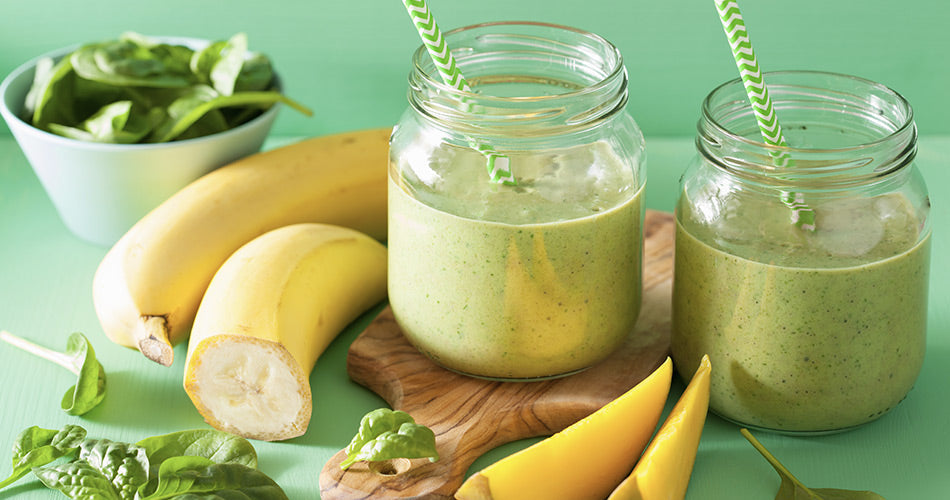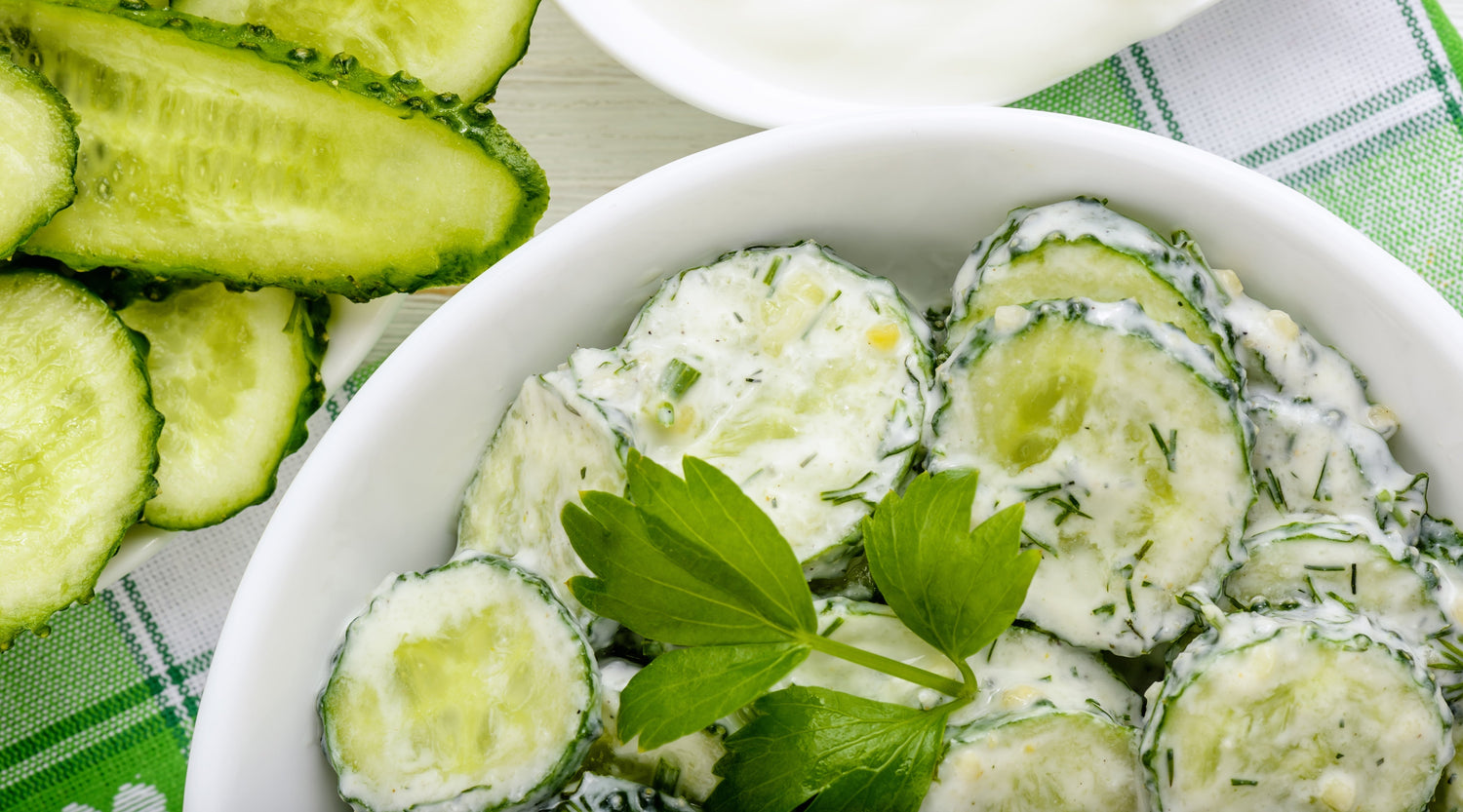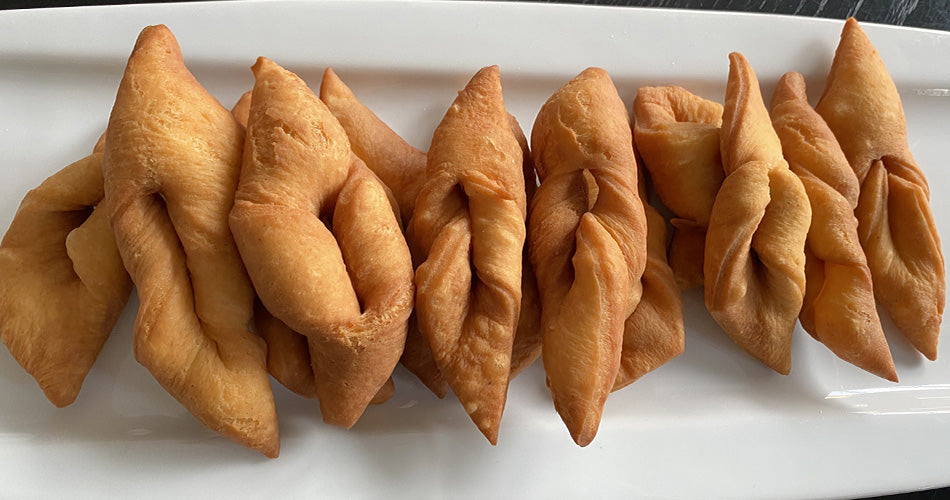When I first started taking collagen, I knew very little about this supplement. I was dealing with shoulder injuries, and pain in my ligaments and back, from constant abuse as a professional athlete. I was introduced to marine collagen in my hometown in Iceland, and after six weeks, taking it every day, my joints and ligaments felt so good that I was able to start exercising again.
I decided to research and find out as much as I could about marine collagen, comparing it with other types, and trying to understand why it was able to help me as much as it was.
I found that collagen is the most abundant protein in the body, making up over 75% of your skin, hair, nails, muscles, bones, tendons, ligaments as well as other connective tissue. Collagen is a protein made up of strings of amino acids, the molecules that form proteins. Think of it as links in a chain. Collagen is the chain that keeps your skin looking young and smooth, and your joints and ligaments lubricated and strong. But, for the chain to be strong, it needs the correct links to hold it together. This is where the amino acids, glycine, proline and hydroxyproline come in to create a strong protein chain. These amino acids are in high concentration in just björn marine collagen.
I have tried all sorts of collagen throughout the years, mostly for personal research purposes. I wanted to find out if other types of collagen would help me as much as my marine collagen did. Needless to say, they did not.
So, why marine collagen instead of bovine or chicken collagen?
- Marine collagen is broken down into smaller particles and is absorbed 1.5 times more efficiently than other types of collagen, making it more readily bioavailable.
- just björn marine collagen is made from the skin of wild caught cod from the pristine deep waters of the Arctic and North Atlantic. The skin of the cod, formerly discarded, is now a part of the circular economy, fighting to eliminate food waste and working with mother nature in a cycle, from waste to value to wellness
- Around 92% of the collagen sold today comes from the skin and body parts of cattle, pigs, chicken, and other land animals. Cattle are by far the largest source and place a tremendous environmental strain on the planet as a major cause of pollution from animal waste, antibiotics, hormones, fertilizers, and pesticides used for feed crops. Livestock is responsible for 14.5% of global greenhouse emissions and the impact is growing.
- just björn collagen has no smell or taste, and no fillers or anti-caking agents.

I chose to use wild caught marine collagen. The thought of using bovine collagen from cow hides, often made from caged animals, possibly raised on corn, antibiotics and hormones, did not resonate with me. I encourage you to be critical about the collagen you are using. There has been an explosion both in supply of and demand for collagen, but not all collagen is created equal. For me it is important to ask; Where is it sourced from? Is it sustainable? Does it put an environmental strain on the planet? Does it have fillers or anti-caking agents? Does it have bad smell or taste (which could mean that the water used in the hydrolyzing process was not clean)? And if it is marine collagen, is it wild caught and sustainable?
The answers to these questions are the foundation of just björn and why I chose to personally associate my name and face with the brand. I believe in transparency and personally stand behind the quality, sustainability, and impact this product has had on my own health. If I didn’t stand behind just björn marine collagen as the best out there, I would not be wasting your time or mine, and I truly believe it will benefit you as much as it has benefitted me.






